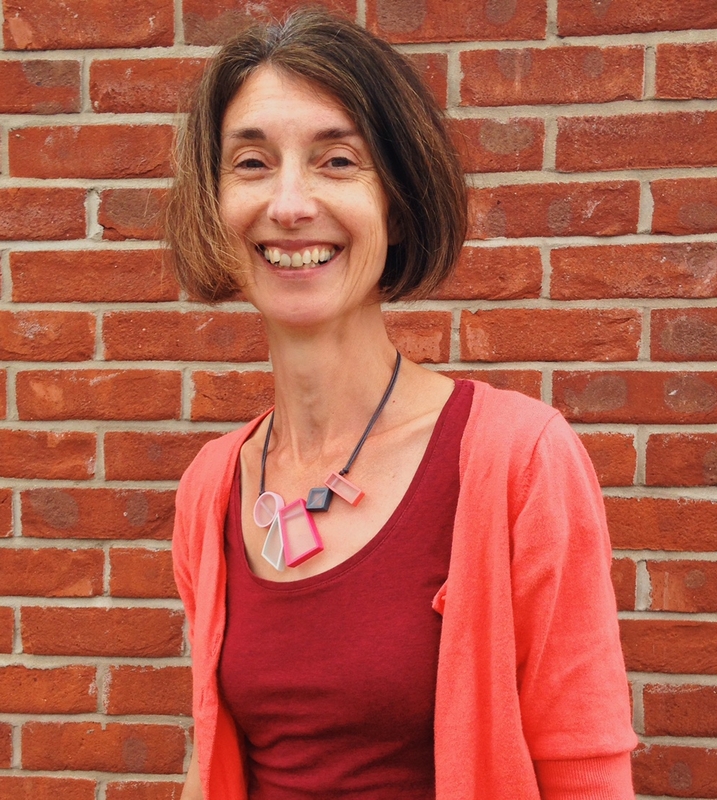A Matter of Fact – Introduce Your Children To Non-Fiction Books By Having Them Make Their Own

Getting children to create their own bound-and-illustrated non-fiction books engages them in the real stories all around us, says Catherine Barr…

- by Catherine Barr
- Children’s author of over 35 non-fiction picture books Visit website

‘Life from an egg’s point of view’ – now that’s a fabulous idea for a story. ‘Food people risk their lives for’ is another.
The concept behind the competition was that it takes a team to create an illustrated non-fiction book. The children each chose what they loved doing best – writing, drawing, researching, spelling and reading others’ work (the editors), then each team of four worked together to create a book. Huddling around my tiny table, they enthused about their roles and jostled for air space to show off their different contributions. Bound and illustrated books, with colourful covers, enticing blurbs and stories to tell stacked up in front of me. A cry of ‘What’s the prize?’ was an uncomfortable reminder that the governors, head and I had to pick a winner. We did pick a winner, though – thankfully one on which we all agreed. It weaves together the gentle, beautifully written story of a woodland walk with interesting facts, scale drawings (the height of a red squirrel versus a grey one), and a strong anti-litter picking theme. In presenting the copy for my first book, a non-fiction narrative about evolution, I was warned to keep expectations low – that non-fiction didn’t really sell. But that was a couple of years ago, and luckily the tide has since turned. Now there is a wave of enthusiasm (and optimism) for non-fiction picture books from publishers, book sellers and, of course, readers alike. There are interesting angles, new formats and truly glorious covers. Non-fiction is flying.
Constant discovery
Alongside essential textbooks in school and at home, there is a revitalised role for real-life picture stories for children. From how things work, to how things came to be, truth is often stranger than fiction, and all the more wonderful for it.
The launch last year of my book The Story of Life coincided with evolution finally being added to the primary curriculum, so that now – alongside the stories of creation – the extraordinary story of life (and the science behind it) will now also be told. It᾿s an incredible tale that deserves more than a dry textbook explanation. Much to my joy, it was this sense of a good story that the Year 4s embraced in their non-fiction books. Rather than pages of isolated facts and dull statistics, they told true stories in ways that captured each other’s imagination. Leaning over their table, they didn’t tell me about the facts; they told me the stories. And they’d learnt a lot. For me, the pleasure of writing non fiction is fuelled by the constant discovery of new knowledge. Writing books for children is now a means by which I spend hours researching subjects new and old. From the physics of outer space to elephant communication and demystifying climate change, I am enjoying the challenge.
Catherine Barr is the author of The Story Of Life: A First Book on Evolution and Elliot’s Arctic Surprise, a book about protecting the Arctic written in conversation with Greenpeace UK; for more information and details of how you can get Catherine to visit your school, contact her via @catherine_barr
To celebrate the Federation of Children’s Book Group’s Non-Fiction November, Catherine Barr’s non-fiction workshop and non-fiction book-making competition has been made available as a PDF that you can download from here
These are just a couple of the many surprising, thoughtful and original suggestions from Year 4s, who are kick-starting a non-fiction picture book-making competition. A month later, sitting on a small chair at a small table, I waited to see the books they had made. With a tidal wave of enthusiasm, they presented their stories – which were full of newfound facts and animated with real-life tales. Their projects were big, bold and they blew me away. From the ‘pig to sausage’ chapter in ‘Farm Life’, to woodland walks woven with wildlife facts and litter-picking morals, I was overwhelmed by their imagination in exploring non-fiction. Their mutually edited words were carefully and joyfully illustrated.
Stories to tell
The concept behind the competition was that it takes a team to create an illustrated non-fiction book. The children each chose what they loved doing best – writing, drawing, researching, spelling and reading others’ work (the editors), then each team of four worked together to create a book. Huddling around my tiny table, they enthused about their roles and jostled for air space to show off their different contributions. Bound and illustrated books, with colourful covers, enticing blurbs and stories to tell stacked up in front of me. A cry of ‘What’s the prize?’ was an uncomfortable reminder that the governors, head and I had to pick a winner. We did pick a winner, though – thankfully one on which we all agreed. It weaves together the gentle, beautifully written story of a woodland walk with interesting facts, scale drawings (the height of a red squirrel versus a grey one), and a strong anti-litter picking theme. In presenting the copy for my first book, a non-fiction narrative about evolution, I was warned to keep expectations low – that non-fiction didn’t really sell. But that was a couple of years ago, and luckily the tide has since turned. Now there is a wave of enthusiasm (and optimism) for non-fiction picture books from publishers, book sellers and, of course, readers alike. There are interesting angles, new formats and truly glorious covers. Non-fiction is flying.
Constant discovery
Alongside essential textbooks in school and at home, there is a revitalised role for real-life picture stories for children. From how things work, to how things came to be, truth is often stranger than fiction, and all the more wonderful for it.
The launch last year of my book The Story of Life coincided with evolution finally being added to the primary curriculum, so that now – alongside the stories of creation – the extraordinary story of life (and the science behind it) will now also be told. It᾿s an incredible tale that deserves more than a dry textbook explanation. Much to my joy, it was this sense of a good story that the Year 4s embraced in their non-fiction books. Rather than pages of isolated facts and dull statistics, they told true stories in ways that captured each other’s imagination. Leaning over their table, they didn’t tell me about the facts; they told me the stories. And they’d learnt a lot. For me, the pleasure of writing non fiction is fuelled by the constant discovery of new knowledge. Writing books for children is now a means by which I spend hours researching subjects new and old. From the physics of outer space to elephant communication and demystifying climate change, I am enjoying the challenge.
Catherine Barr is the author of The Story Of Life: A First Book on Evolution and Elliot’s Arctic Surprise, a book about protecting the Arctic written in conversation with Greenpeace UK; for more information and details of how you can get Catherine to visit your school, contact her via @catherine_barr
To celebrate the Federation of Children’s Book Group’s Non-Fiction November, Catherine Barr’s non-fiction workshop and non-fiction book-making competition has been made available as a PDF that you can download from here










